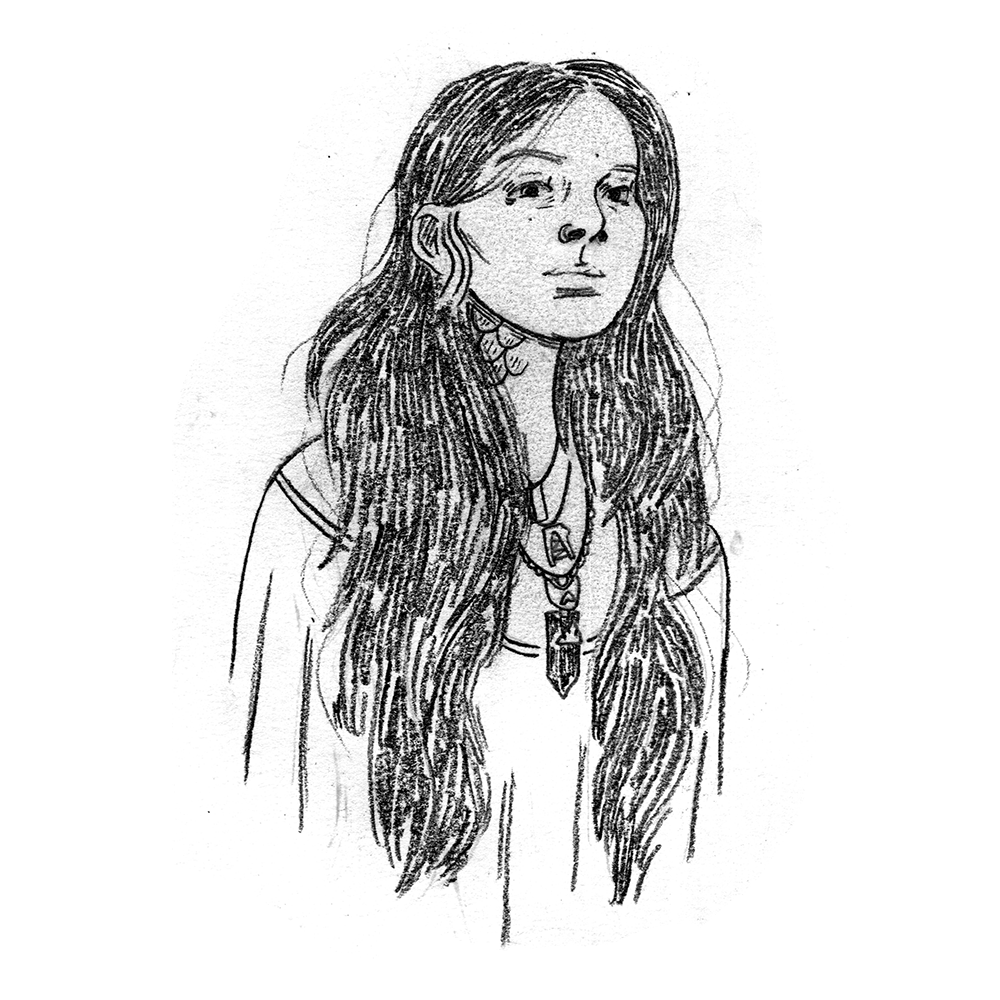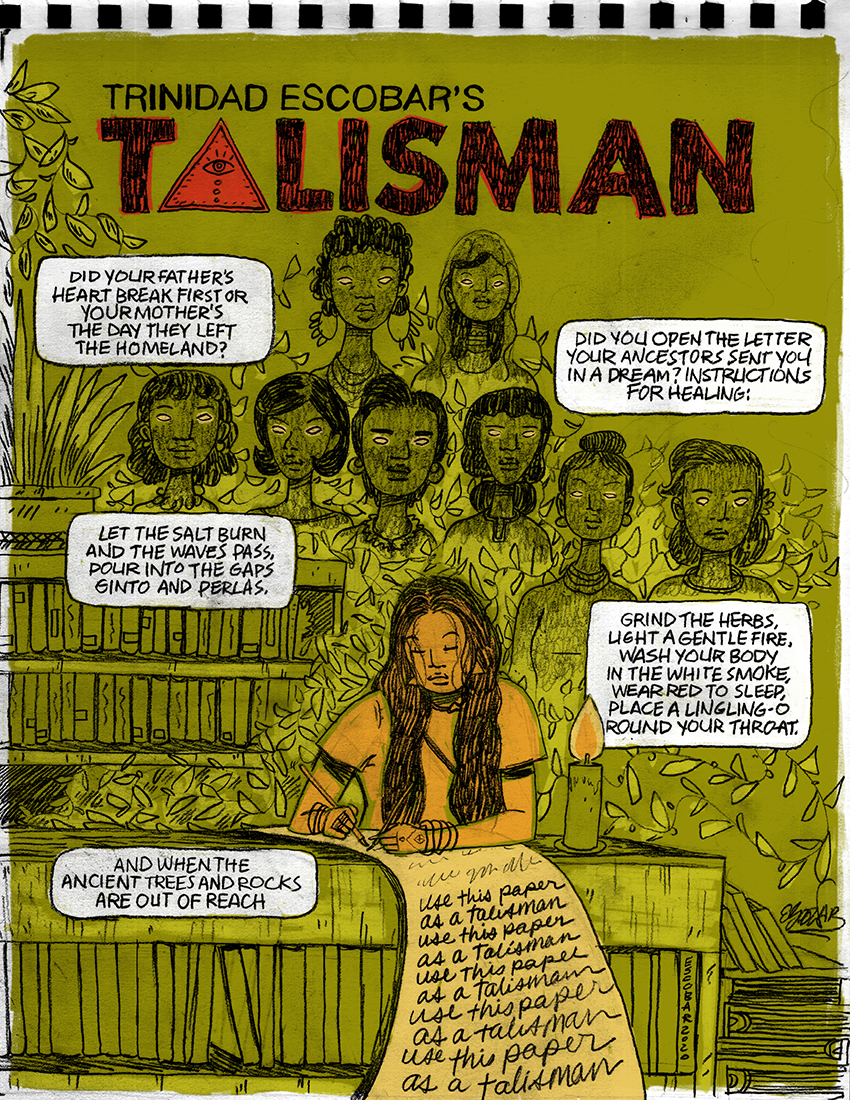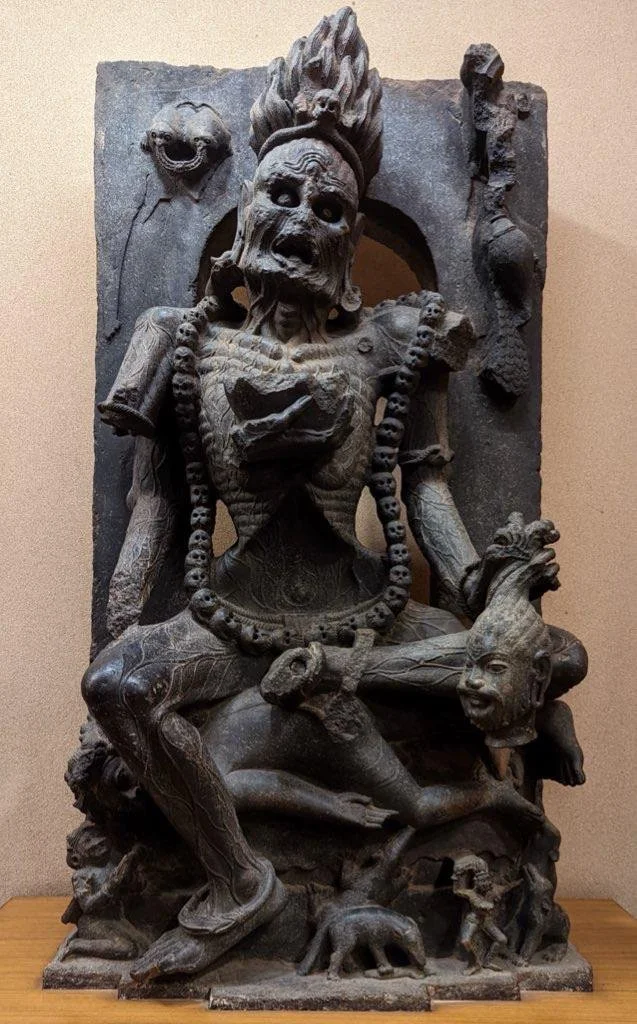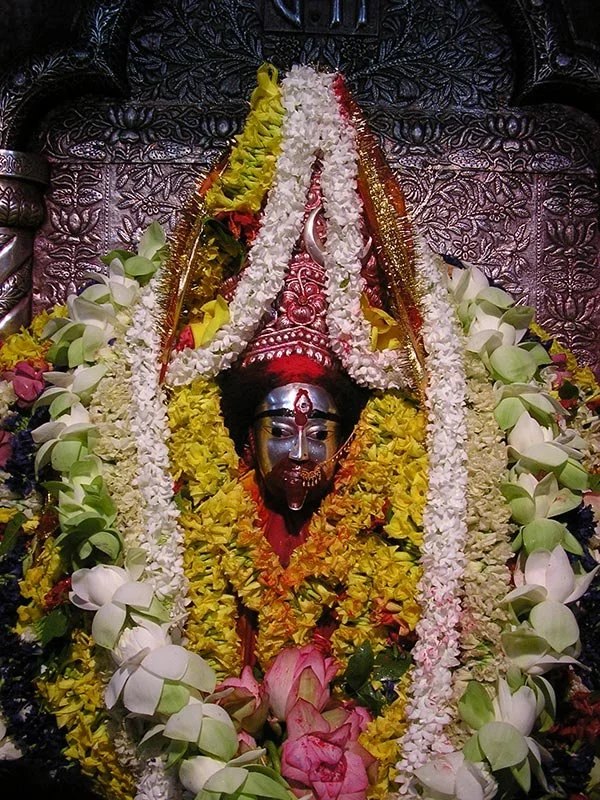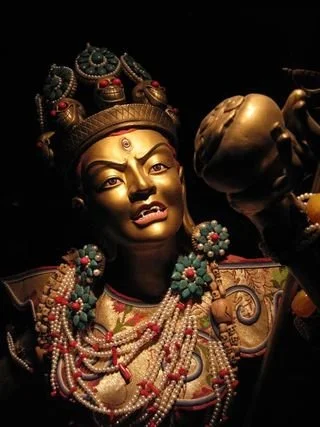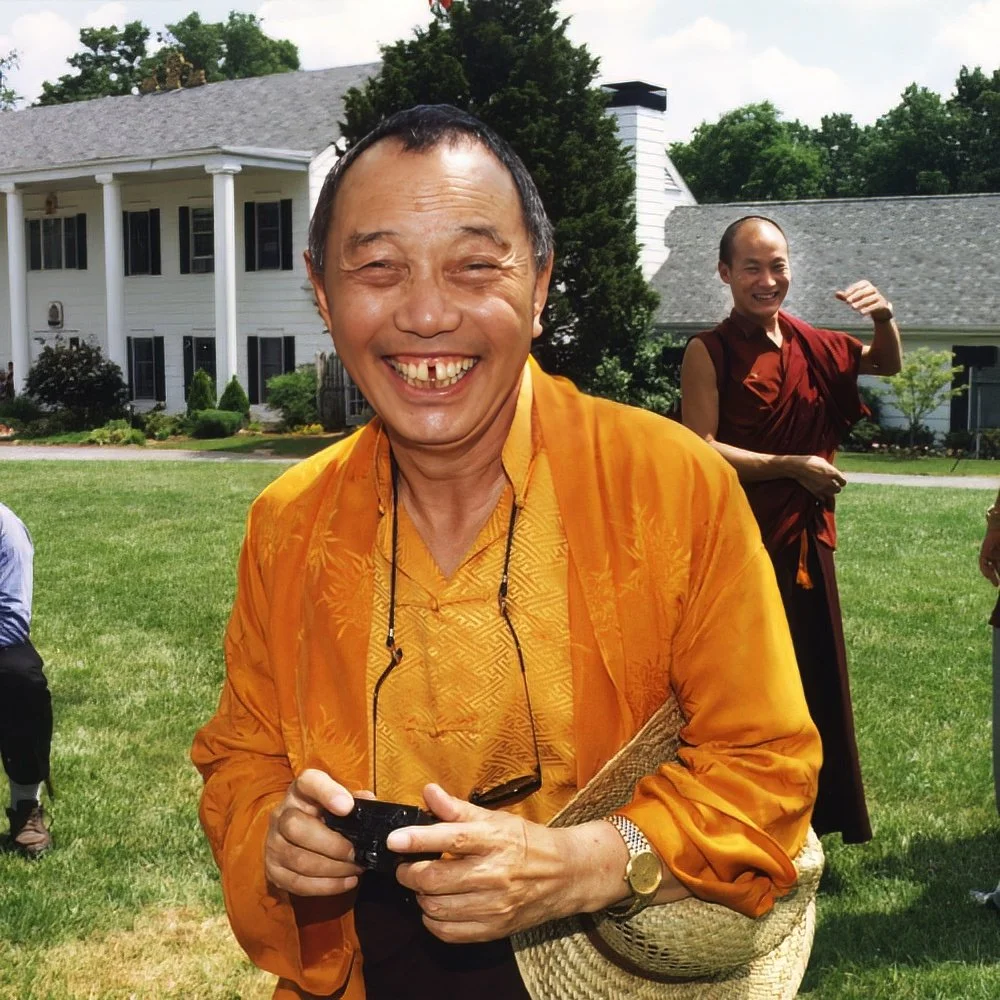The Land: Trinidad comes from a lineage of fisherfolk from the Visayan island of Samar and the district of Tondo, Manila, on the island of Luzon. Since the late 1700s, her family members have repeatedly been displaced due to natural disasters, war, imperialism, and poverty. She was born outside in Balanga, Bataan, during Super Typhoon Gading, to Trining Tijones, a seer and sirena, and Roberto Dorognan, a fisherman who practiced folk spirituality that originated from the Catubig, Oras, and Dolores river families in Eastern Samar. She was adopted and raised by the Diaz-Escobar clan, descendants of the Katipunero revolutionary Valentin Diaz. Her adoptive parents raised her on occupied Tamien land.
Life As A Sirena
Trinidad renounced the Catholic Church when she was in elementary school. As a nonverbal, Autistic child she learned that she was a seer. Everything she learned from her visions contradicted the religion in which she was raised.
She endured visions of animals, women and children, the earth suffering at the hands of men whose only interest was ever-lasting power. She witnessed abuse in her families. Separated from her homeland and culture due to colonization, imperialism, martial law, poverty, adoption, she decided to explore the spiritual realm on her own, to find answers about life and suffering, following in the footsteps of Tantric practitioners. She began collecting books on a wide array of subjects as a child and by the end of her thirties amassed over 3,000 books in a personal library. She taught herself meditation, mindfulness techniques, astral projection, spirit communication. Trinidad endured years of discrimination and painful alienation from her Catholic adoptive family and former friends who simply did not believe her. She was only validated later when she found her gurus and fellow yoginis. Read more to learn about her gurus and lineage. The bulk of her knowledge comes from light-sound meditation and animist witchcraft. Over the course of thirty long years she has developed a syncretic Tantric practice called Water Serpent Dharma.
Water Serpent Dharma centers Adi Shakti as the divine, conscious, energized action of the cosmos. All matter is a manifestation of her energy, her behavior. To further connect the dharma and Tantra to the Philippines, Trinidad identifies Laün, the great ancient one reduced to the title of ‘goddess of volcanoes and fertility’ during colonization of the Visayas and other parts of the Philippines, as Adi Shakti. From Laün emanated ancient cosmic beings of pure action like Dasha Mahavidyas, who can be known from within ourselves through spiritual development. From Laün also emanated planets, moons, stars, planetary and Earth-based diwata like Magwayen, Dalikmata, the Matrikas, yoginis, and other nature beings.
Water Serpent Dharma includes worshipping Adi Shakti herself: all Dasha Mahavidya, namely Ma Tārā and Ma Chhinnamasta (Vajrayogini in Tantric Buddhism), the Matrikas, the Upa Vidyas and nature spirits. Trinidad is not a healer and does not claim to be a guru, but a high level meditator with a folk sorcery lineage and Nyingmapa Tantric lineage.
9th–10th century, granite Matrika Shachi also known as Indrani, Odisha State Museum.
8th century, The Matrika Chamunda at the Odisha State Museum in Bhubaneswar, Odisha
9th–10th century CE granite Chola statue of Matrika Maheshvari, Guimet Museum, Paris, France
Trinidad is a bhakta of goddess Ma Tārā.
Trinidad began worshipping Ma Tārā, one of the Mahavidyas, after interacting with an emanation of her as a child in the Philippines and after receiving transmissions, visions, dreams, permission. Trinidad worships Ma Tārā in multiple forms: the forest diwata named Khadiravani who introduced herself to Trinidad in a grove of trees by the ocean, the enchantress Kurukullā who magnetized Trinidad to the dharma, the artist Nila Sarasvati who gave Trinidad the gift of speech when she was a nonverbal child, and finally in wrathful Ugra form as Ekajati.
This image to the right is a murti of Tārā at the 13th century Tarapith Temple in West Bengal.
𓆝 𓆟 𓆞 𓆝 𓆟
Trinidad’s whole family practices this syncretic system that also includes Tantric, orthodox, and folk deities like the Mahavidya Tripura Sundari, Lord Vishnu especially as Lord Krishna, Hanuman, Durga, the Nagas, Yakshas, Dakini, Asuras (including Aswang and Dwende in the Philippines). Some of the concepts of Water Serpent Dharma are related to Shri Vidya from the Tamil Nadu people by way of the Chola Dynasty and thalassocratic South and Southeast Asian empires; Agama Tirtha in Java, Sumatra, Brunei, Bali; dharma teachings of Sri Lanka, Thailand, Laos, Cambodia, Vietnam; and Turtle Island animist beliefs. Her family converted part of their home into an art studio, private library, meditation center, and living shrine of Ma Tārā called Cavern House.
Close-up of Tsem Rinpoche’s Vajrayogini murti.
Trinidad started meditating in early childhood.
Her teachers over the years were elder kitchen witches, bone-setters and diviners, curanderas and root workers in Texas, Filipino hilots and herbalists, and Hindu-Buddhist laypeople. As a budding witch, she studied spirit boards, cartomancy using playing cards, and other kinds of divination using an array of tools. Then she moved on to more advanced studies as more diwata and anitos showed up in her life. Trinidad sought out gurus who could guide her. Her gurus are of the ancient Nyingmapa lineage that begins with Samantabhadra, Vajrasattva, Garab Dorje, Manjushrimitra, Guru Padmasambhava, Yeshe Tsogyal, Longchenpa.
Hindu-Buddhist Tantric Studies
When Trinidad was a young adult over 20 years ago she attended several long Vipassana retreats as her introduction to the renunciate life. She studied with Lama Gyaltsen at a Buddhist contemplative arts school, Naropa Institute. She took her Buddhist Refuge, upāsikā Bodhisattva vows at Orgyen Dorje Den with her guru, the Venerable Dhomang Gyatrul Rinpoche, holder of the Dudjom Tersar Lineage, and a great master of the Dzogpa Chenpo Lineage. She continued to study Nyingma Buddhism under Lama Drimed Lodro Rinpoche and Lama Jigme at ODD. She continued her Tantric studies focusing on the academic aspects of Dzogchen, Chöd, and the application of Kum Nye at the Nyingma Institute under teachers like Lama Palzang and Pema Gellek. She briefly studied indigenous energy systems and weapons combat, Didya Mudgara, with Ka Virgil Mayor Apostol at his Kailukuan School of Indigenous Science. She currently learns from other Visayan culture bearers like Khokhoi at Kalami Spirit Arts as well as gurus at her local mandir.
𓆝 𓆟 𓆞 𓆝 𓆟
After years of disciplined study and practice Trinidad pieced together the savant aspects of her disabilities with her relationship to the spirit world. Her efforts to de-colonize her life naturally included a healthy examination of the spiritual practices that she grew up with and practices that better suited Trinidad’s goals of collective liberation via individual self-realization. Tantric science and philosophy, Southeast Asian folk practices, and witchcraft helped her solve the puzzle of her savant traits— traits that are rarely studied in children and people of color.
𓆝 𓆟 𓆞 𓆝 𓆟
6th Century, sand stone carving depicting Shachi also known as Dalikmata, Bihar Museum.
Trinidad is a sirena on the spectrum. This means that she has ultra-sensitive senses and a specific kind of eidetic memory. For Trinidad these traits are not mystical or mysterious. They are ordinary but rare and misunderstood. With her sensitivities, Trinidad can sense a wider part of the electromagnetic spectrum like many other neurodivergent people. As a person with mermaid origins Trinidad lives with chronic pain. She was a nonverbal child who later developed hyperlexia and situational mutism. She also experienced periodic catatonia. As an adult neuroqueer she still deals with these traits and other physical limitations. She hopes to dismantle misconceptions about disabilities, especially modern, materialist re-tellings of the ancient Autistic experience.
𓆝 𓆟 𓆞 𓆝 𓆟
Her life as a devout layperson is modeled after the Mahasiddhas; mystic bhakti poets like Karaikkal Ammaiyar, Andal, Mirabai and Lalleshwari; and a Thai laywoman, the honorable Upāsikā Kee Nanayon. Some of Trinidad’s most valued spiritual teachers were nonverbal disabled people that she worked with as an independent skills coach and supported living aid.
𓆝 𓆟 𓆞 𓆝 𓆟
Trinidad is not a healer and does not seek to commercialize or commodify ancient knowledge for the sake of being cool or for money. She is a renunciate, a seer. She only strengthened her skills and gained siddhis with guidance from gurus and years of meditation. She hopes to help revitalize the precolonial Tamil-Indo-Malay roots of her home island back in the Philippines so that her family and communities in Bataan and on the island of Samar have access to diasporic findings of animist application.
She shares her knowledge of death and the afterlife, communicating with spirits, and consciousness at her art workshops and lectures. Her life as a medium includes assisting her friends, family, and community with difficult life transitions like illness and death, and with difficult emotions like grief. She uses her siddhis on behalf of adoptees, young mothers, neurodivergent disabled people, Autistic adults and children, incarcerated people, the working-class and homeless LGBTQ communities.
Her comics and actions in her communities are devotional offerings to Ma Tara.
𓆝 𓆟 𓆞 𓆝 𓆟
𓆝 𓆟 𓆞 𓆝 𓆟
Trinidad’s favorite artists who were accidental mediums include Walt Whitman, Nikola Tesla, Octavia Butler, Ray Bradbury, Philip K. Dick, Frida Kahlo, and more. Her favorite energy workers and teachers include Angela Angel, Yeshuani, Lolo Lavish, La’Arni Ayuma, Ka Virgil Mayor Apostle, Kumare Khokhoi de La Vida at Kalami Spirit Arts, and Credo Mutwa.
“When you are a sangoma (a South African traditional healer),
your life ceases to be your own.
When you are a sangoma, you stop becoming an ordinary human being,
Instead you become a lonely pilgrim traveling that strange grey road
between the known and the little known,
between the visible and the invisible,
between the mysterious and the crushingly ordinary.
When you are a sangoma you do not look for trouble.
No self-respecting sangoma does.
But trouble finds you, people come to your doorstep bringing ordinary complaints
of which you can deal, but sometimes can bring strange mysteries to the doorstep
Of your life, mysteries that change your life forever.”
-Credo Mutwa on seeing interdimensional and extraterrestrial beings throughout the continent of Africa.
